Flex 布局教程:实例篇
http://www.ruanyifeng.com/blog/2015/07/flex-examples.html
[上一篇文章](http://www.ruanyifeng.com/blog/2015/07/flex-grammar.html)介绍了Flex布局的语法,今天介绍常见布局的Flex写法。
你会看到,不管是什么布局,Flex往往都可以几行命令搞定。
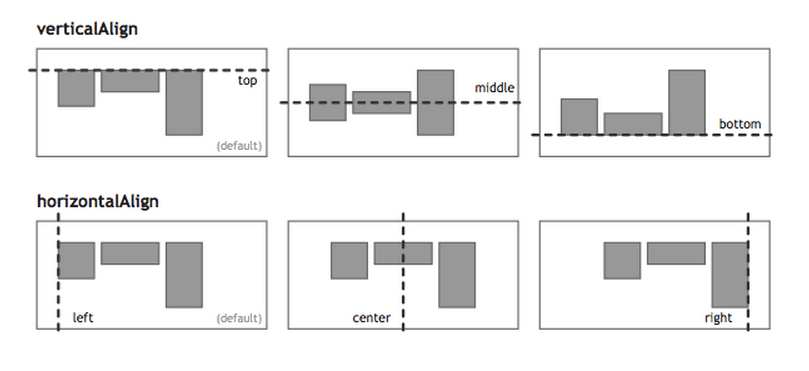
我只列出代码,详细的语法解释请查阅[《Flex布局教程:语法篇》](http://www.ruanyifeng.com/blog/2015/07/flex-grammar.html)。我的主要参考资料是[Landon Schropp](http://davidwalsh.name/flexbox-dice)的文章和[Solved by Flexbox](http://philipwalton.github.io/solved-by-flexbox/)。
## 一、骰子的布局
骰子的一面,最多可以放置9个点。
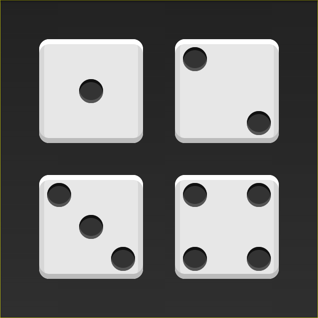
下面,就来看看Flex如何实现,从1个点到9个点的布局。你可以到[codepen](http://codepen.io/LandonSchropp/pen/KpzzGo)查看Demo。
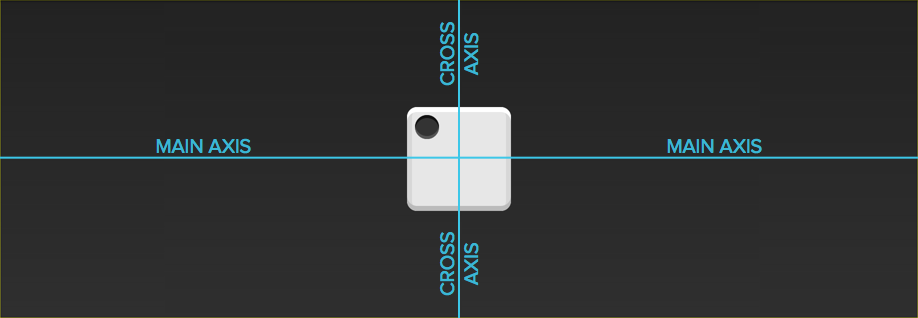
如果不加说明,本节的HTML模板一律如下。
> ~~~
>
> <div class="box">
> <span class="item"></span>
> </div>
>
> ~~~
上面代码中,div元素(代表骰子的一个面)是Flex容器,span元素(代表一个点)是Flex项目。如果有多个项目,就要添加多个span元素,以此类推。
### 1.1 单项目
首先,只有左上角1个点的情况。Flex布局默认就是首行左对齐,所以一行代码就够了。
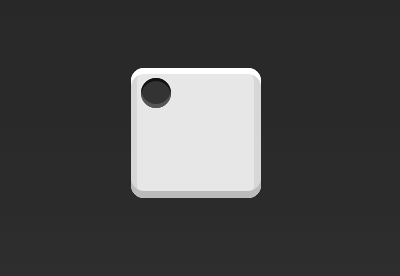
> ~~~
>
> .box {
> display: flex;
> }
>
> ~~~
设置项目的对齐方式,就能实现居中对齐和右对齐。
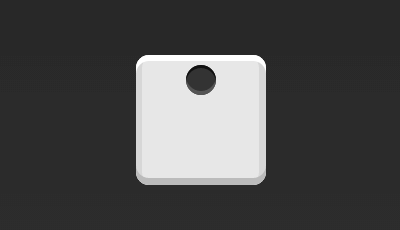
> ~~~
>
> .box {
> display: flex;
> justify-content: center;
> }
>
> ~~~
> ~~~
>
> .box {
> display: flex;
> justify-content: flex-end;
> }
>
> ~~~
设置交叉轴对齐方式,可以垂直移动主轴。
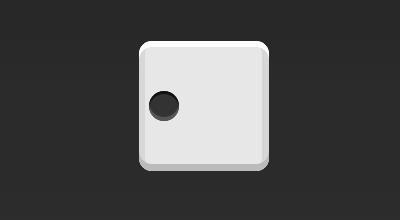
> ~~~
>
> .box {
> display: flex;
> align-items: center;
> }
>
> ~~~
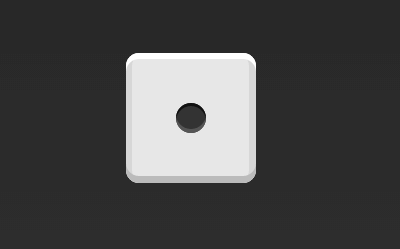
> ~~~
>
> .box {
> display: flex;
> justify-content: center;
> align-items: center;
> }
>
> ~~~
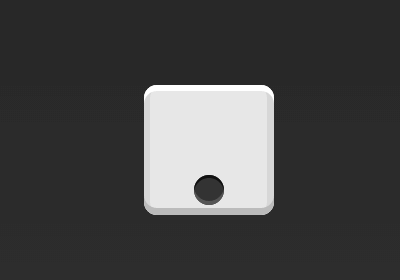
> ~~~
>
> .box {
> display: flex;
> justify-content: center;
> align-items: flex-end;
> }
>
> ~~~
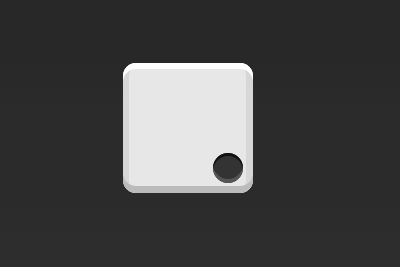
> ~~~
>
> .box {
> display: flex;
> justify-content: flex-end;
> align-items: flex-end;
> }
>
> ~~~
### 1.2 双项目
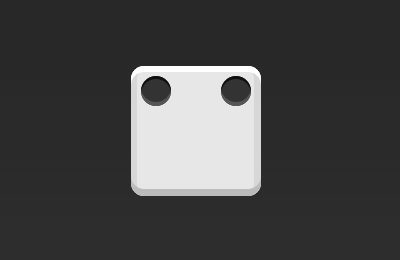
> ~~~
>
> .box {
> display: flex;
> justify-content: space-between;
> }
>
> ~~~
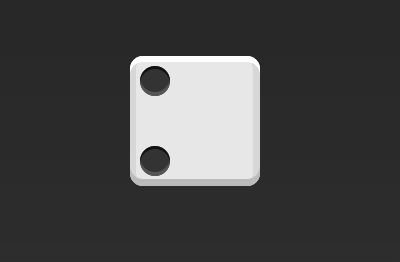
> ~~~
>
> .box {
> display: flex;
> flex-direction: column;
> justify-content: space-between;
> }
>
> ~~~
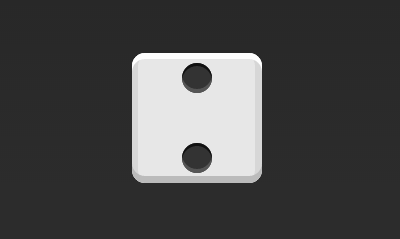
> ~~~
>
> .box {
> display: flex;
> flex-direction: column;
> justify-content: space-between;
> align-items: center;
> }
>
> ~~~
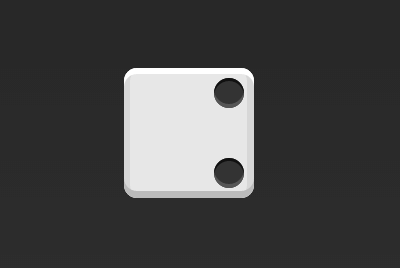
> ~~~
>
> .box {
> display: flex;
> flex-direction: column;
> justify-content: space-between;
> align-items: flex-end;
> }
>
> ~~~
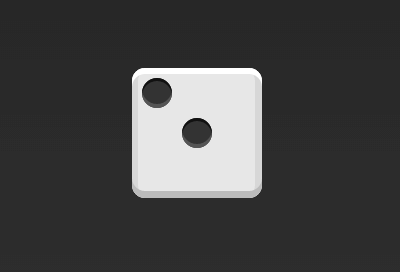
> ~~~
>
> .box {
> display: flex;
> }
>
> .item:nth-child(2) {
> align-self: center;
> }
>
> ~~~
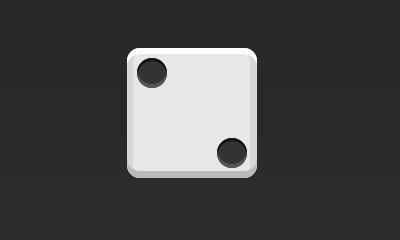
> ~~~
>
> .box {
> display: flex;
> justify-content: space-between;
> }
>
> .item:nth-child(2) {
> align-self: flex-end;
> }
>
> ~~~
### 1.3 三项目
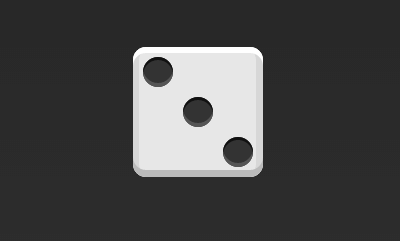
> ~~~
>
> .box {
> display: flex;
> }
>
> .item:nth-child(2) {
> align-self: center;
> }
>
> .item:nth-child(3) {
> align-self: flex-end;
> }
>
> ~~~
### 1.4 四项目
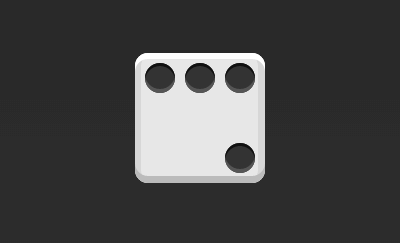
> ~~~
>
> .box {
> display: flex;
> flex-wrap: wrap;
> justify-content: flex-end;
> align-content: space-between;
> }
>
> ~~~
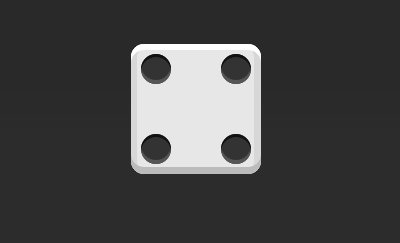
HTML代码如下。
> ~~~
>
> <div class="box">
> <div class="column">
> <span class="item"></span>
> <span class="item"></span>
> </div>
> <div class="column">
> <span class="item"></span>
> <span class="item"></span>
> </div>
> </div>
>
> ~~~
CSS代码如下。
> ~~~
>
> .box {
> display: flex;
> flex-wrap: wrap;
> align-content: space-between;
> }
>
> .column {
> flex-basis: 100%;
> display: flex;
> justify-content: space-between;
> }
>
> ~~~
### 1.5 六项目
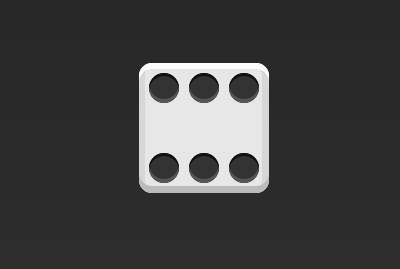
> ~~~
>
> .box {
> display: flex;
> flex-wrap: wrap;
> align-content: space-between;
> }
>
> ~~~
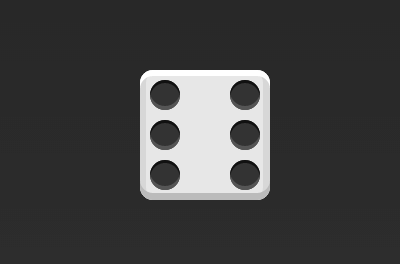
> ~~~
>
> .box {
> display: flex;
> flex-direction: column;
> flex-wrap: wrap;
> align-content: space-between;
> }
>
> ~~~
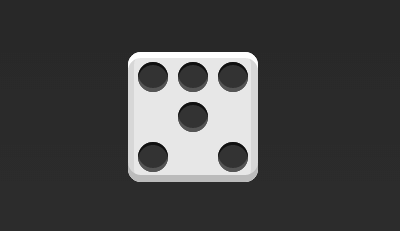
HTML代码如下。
> ~~~
>
> <div class="box">
> <div class="row">
> <span class="item"></span>
> <span class="item"></span>
> <span class="item"></span>
> </div>
> <div class="row">
> <span class="item"></span>
> </div>
> <div class="row">
> <span class="item"></span>
> <span class="item"></span>
> </div>
> </div>
>
> ~~~
CSS代码如下。
> ~~~
>
> .box {
> display: flex;
> flex-wrap: wrap;
> }
>
> .row{
> flex-basis: 100%;
> display:flex;
> }
>
> .row:nth-child(2){
> justify-content: center;
> }
>
> .row:nth-child(3){
> justify-content: space-between;
> }
>
> ~~~
### 1.6 九项目
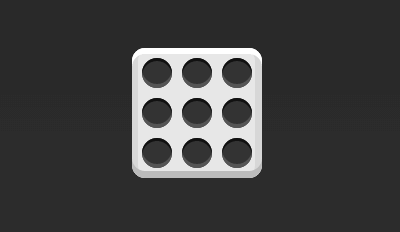
> ~~~
>
> .box {
> display: flex;
> flex-wrap: wrap;
> }
>
> ~~~
## 二、网格布局
### 2.1 基本网格布局
最简单的网格布局,就是平均分布。在容器里面平均分配空间,跟上面的骰子布局很像,但是需要设置项目的自动缩放。
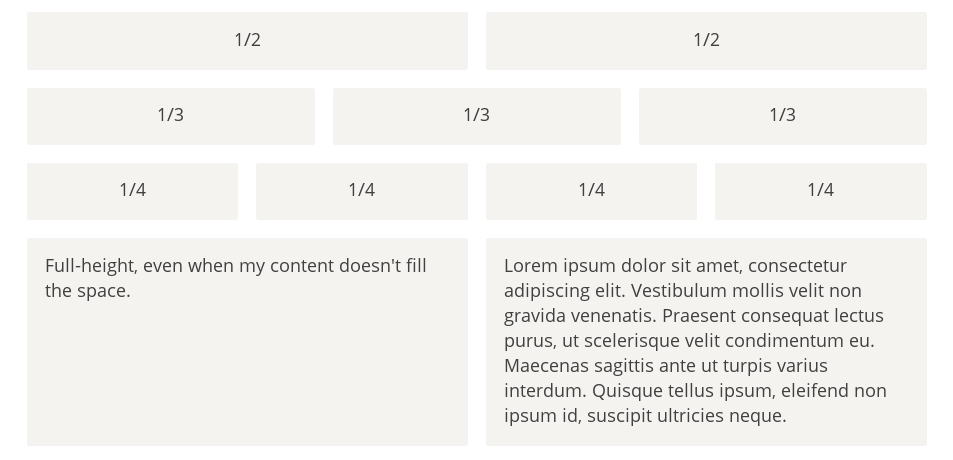
HTML代码如下。
> ~~~
>
> <div class="Grid">
> <div class="Grid-cell">...</div>
> <div class="Grid-cell">...</div>
> <div class="Grid-cell">...</div>
> </div>
>
> ~~~
CSS代码如下。
> ~~~
>
> .Grid {
> display: flex;
> }
>
> .Grid-cell {
> flex: 1;
> }
>
> ~~~
### 2.2 百分比布局
某个网格的宽度为固定的百分比,其余网格平均分配剩余的空间。

HTML代码如下。
> ~~~
>
> <div class="Grid">
> <div class="Grid-cell u-1of4">...</div>
> <div class="Grid-cell">...</div>
> <div class="Grid-cell u-1of3">...</div>
> </div>
>
> ~~~
> ~~~
>
> .Grid {
> display: flex;
> }
>
> .Grid-cell {
> flex: 1;
> }
>
> .Grid-cell.u-full {
> flex: 0 0 100%;
> }
>
> .Grid-cell.u-1of2 {
> flex: 0 0 50%;
> }
>
> .Grid-cell.u-1of3 {
> flex: 0 0 33.3333%;
> }
>
> .Grid-cell.u-1of4 {
> flex: 0 0 25%;
> }
>
> ~~~
## 三、圣杯布局
[圣杯布局](https://en.wikipedia.org/wiki/Holy_Grail_(web_design))(Holy Grail Layout)指的是一种最常见的网站布局。页面从上到下,分成三个部分:头部(header),躯干(body),尾部(footer)。其中躯干又水平分成三栏,从左到右为:导航、主栏、副栏。
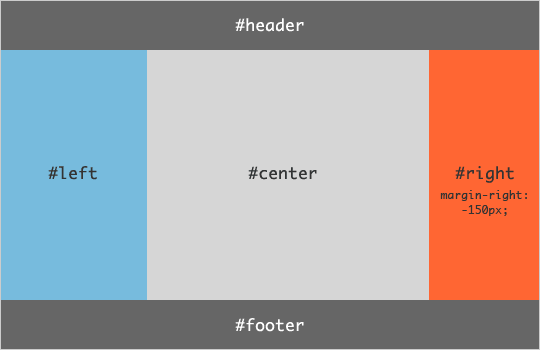
HTML代码如下。
> ~~~
>
> <body class="HolyGrail">
> <header>...</header>
> <div class="HolyGrail-body">
> <main class="HolyGrail-content">...</main>
> <nav class="HolyGrail-nav">...</nav>
> <aside class="HolyGrail-ads">...</aside>
> </div>
> <footer>...</footer>
> </body>
>
> ~~~
CSS代码如下。
> ~~~
>
> .HolyGrail {
> display: flex;
> min-height: 100vh;
> flex-direction: column;
> }
>
> header,
> footer {
> flex: 1;
> }
>
> .HolyGrail-body {
> display: flex;
> flex: 1;
> }
>
> .HolyGrail-content {
> flex: 1;
> }
>
> .HolyGrail-nav, .HolyGrail-ads {
> /* 两个边栏的宽度设为12em */
> flex: 0 0 12em;
> }
>
> .HolyGrail-nav {
> /* 导航放到最左边 */
> order: -1;
> }
>
> ~~~
如果是小屏幕,躯干的三栏自动变为垂直叠加。
> ~~~
>
> @media (max-width: 768px) {
> .HolyGrail-body {
> flex-direction: column;
> flex: 1;
> }
> .HolyGrail-nav,
> .HolyGrail-ads,
> .HolyGrail-content {
> flex: auto;
> }
> }
>
> ~~~
## 四、输入框的布局
我们常常需要在输入框的前方添加提示,后方添加按钮。
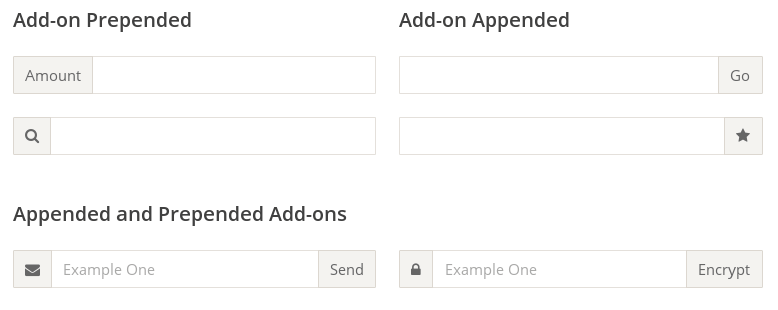
HTML代码如下。
> ~~~
>
> <div class="InputAddOn">
> <span class="InputAddOn-item">...</span>
> <input class="InputAddOn-field">
> <button class="InputAddOn-item">...</button>
> </div>
>
> ~~~
CSS代码如下。
> ~~~
>
> .InputAddOn {
> display: flex;
> }
>
> .InputAddOn-field {
> flex: 1;
> }
>
> ~~~
## 五、悬挂式布局
有时,主栏的左侧或右侧,需要添加一个图片栏。
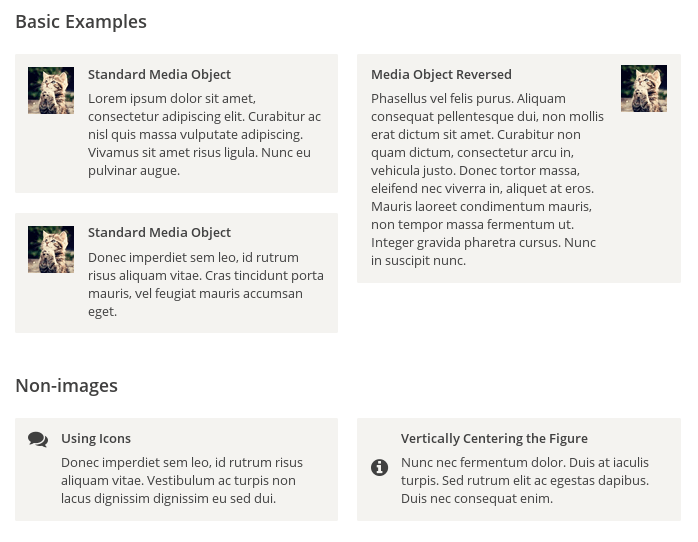
HTML代码如下。
> ~~~
>
> <div class="Media">
> <img class="Media-figure" src="" alt="">
> <p class="Media-body">...</p>
> </div>
>
> ~~~
CSS代码如下。
> ~~~
>
> .Media {
> display: flex;
> align-items: flex-start;
> }
>
> .Media-figure {
> margin-right: 1em;
> }
>
> .Media-body {
> flex: 1;
> }
>
> ~~~
### 六、固定的底栏
有时,页面内容太少,无法占满一屏的高度,底栏就会抬高到页面的中间。这时可以采用Flex布局,让底栏总是出现在页面的底部。
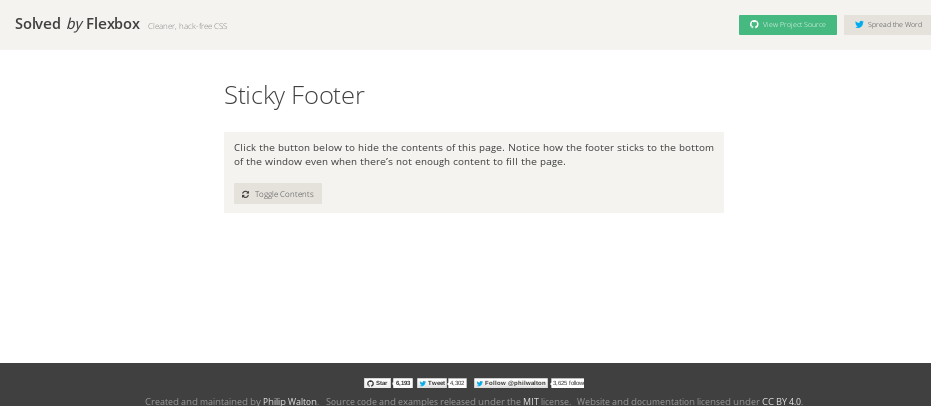
HTML代码如下。
> ~~~
>
> <body class="Site">
> <header>...</header>
> <main class="Site-content">...</main>
> <footer>...</footer>
> </body>
>
> ~~~
CSS代码如下。
> ~~~
>
> .Site {
> display: flex;
> min-height: 100vh;
> flex-direction: column;
> }
>
> .Site-content {
> flex: 1;
> }
>
> ~~~
### 七,流式布局
每行的项目数固定,会自动分行。
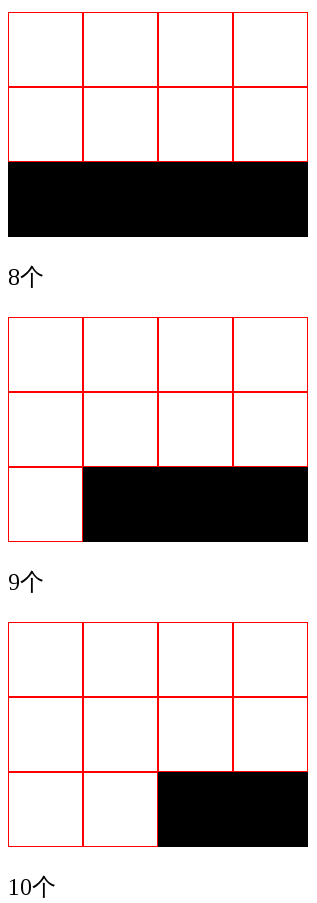
CSS的写法。
> ~~~
>
> .parent {
> width: 200px;
> height: 150px;
> background-color: black;
> display: flex;
> flex-flow: row wrap;
> align-content: flex-start;
> }
>
> .child {
> box-sizing: border-box;
> background-color: white;
> flex: 0 0 25%;
> height: 50px;
> border: 1px solid red;
> }
>
> ~~~
(完)
- CSS知多少
- css知多少——目录
- css知多少(1)——我来问你来答
- css知多少(2)——学习css的思路
- css知多少(3)——样式来源与层叠规则
- css知多少(4)——解读浏览器默认样式
- css知多少(5)——选择器
- css知多少(6)——选择器的优先级
- css知多少(7)——盒子模型
- css知多少(8)——float上篇
- css知多少(9)——float下篇
- css知多少(10)——display
- css知多少(11)——position
- CSS深入理解
- HTML加载顺序
- CSS网页实战案例
- CSS伪类选择器
- 重温css的选择器
- CSS3的nth-child() 选择器,表格奇偶行变色
- CSS选择器演示
- 那些年踩过的坑之:first-child伪类选择器
- CSS border-image
- CSS3 border-image详解、应用及jQuery插件
- css3:border-image边框图像详解
- CSS3 Border-image
- Flex布局
- Flex 布局教程:语法篇
- Flex 布局教程:实例篇
- Flex 布局示例
